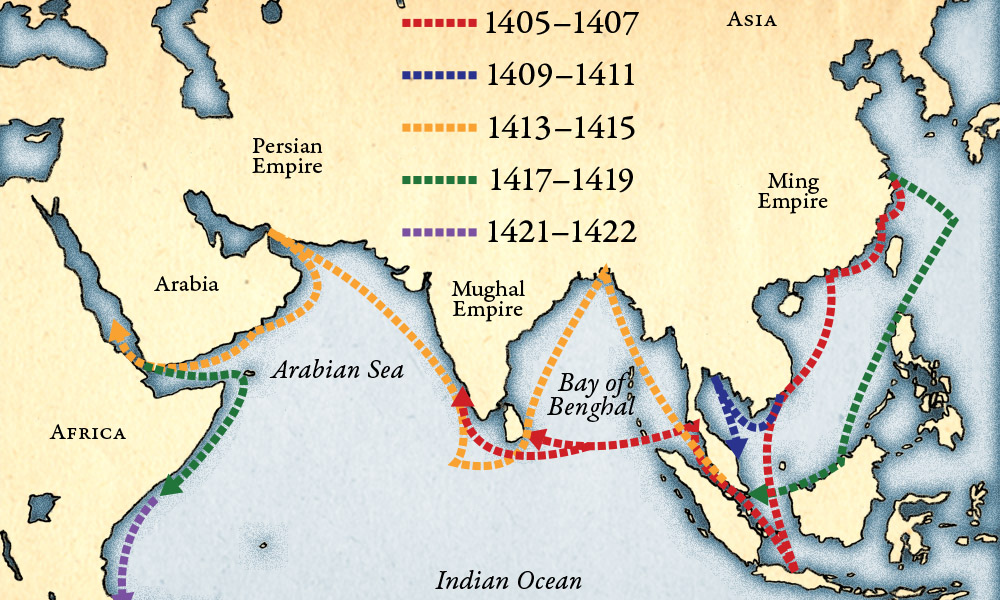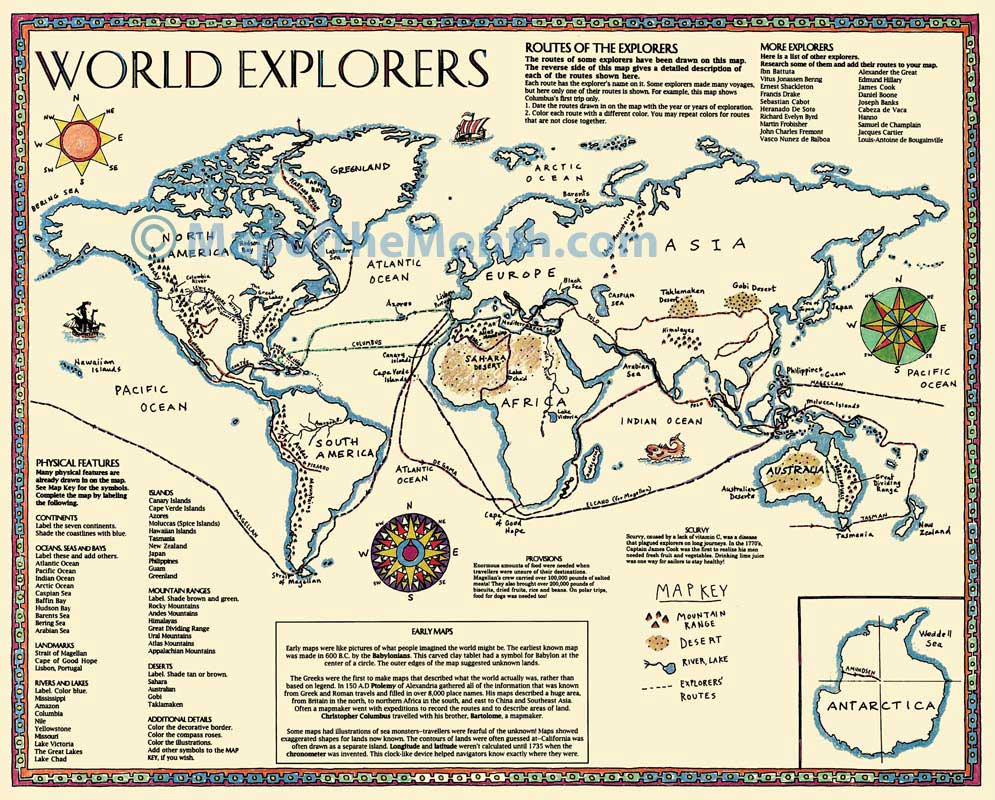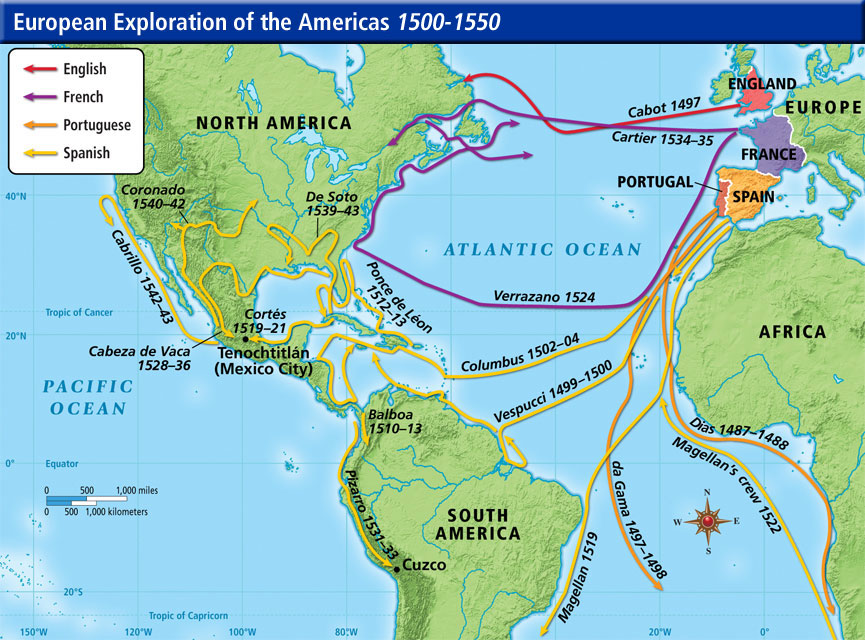Charting the Unknown: Age of Exploration Maps and Their Significance
Associated Articles: Charting the Unknown: Age of Exploration Maps and Their Significance
Introduction
With enthusiasm, let’s navigate via the intriguing matter associated to Charting the Unknown: Age of Exploration Maps and Their Significance. Let’s weave attention-grabbing info and provide contemporary views to the readers.
Desk of Content material
Charting the Unknown: Age of Exploration Maps and Their Significance
The Age of Exploration (roughly Fifteenth to seventeenth centuries) was a interval of unprecedented geographical discovery, fueled by European ambition, technological developments, and a thirst for brand spanking new commerce routes and assets. Central to this period had been the maps – imperfect, typically fantastical, but essential devices that guided explorers, fueled hypothesis, and finally reshaped the world. These maps, removed from being merely navigational instruments, function highly effective historic artifacts, revealing not solely the geographical information (or lack thereof) of the time, but additionally the cultural biases, financial ambitions, and evolving worldview of the European powers concerned.
Early maps of the Age of Exploration had been considerably totally different from the exact cartographic representations we’re accustomed to immediately. They had been typically compiled from a wide range of sources, together with eyewitness accounts, rumour, and current, typically inaccurate, maps. This resulted in an interesting mix of reality and fiction, with legendary creatures, exaggerated landmasses, and speculative coastlines ceaselessly showing alongside actual geographical options. The Portolan charts, as an example, prevalent within the Thirteenth-Fifteenth centuries, had been meticulously detailed coastal charts, counting on compass bearings and estimations of distances. They depicted coastlines with exceptional accuracy, however their illustration of inland areas was typically rudimentary or fully absent, reflecting the restrictions of exploration on the time.
One of the vital limitations was the shortage of correct strategies for figuring out longitude. Whereas latitude may very well be decided comparatively simply utilizing the place of the solar or stars, longitude remained a big problem till the invention of dependable chronometers within the 18th century. This meant that maps typically suffered from vital longitudinal distortions, with landmasses showing stretched or compressed. The well-known distortions in early maps of the Americas, for instance, are a direct consequence of this lack of ability to precisely decide longitude.
The transition from the portolan charts to extra complete world maps marked a pivotal level in cartographic growth. The arrival of the printing press within the Fifteenth century performed an important function in disseminating these maps extra broadly, though the method of hand-coloring and embellishment meant that every copy was distinctive. These early world maps, typically generally known as T-O maps, depicted the world as a flat disc with Jerusalem at its heart, surrounded by oceans. This geocentric view, reflecting the prevailing Ptolemaic cosmology, persevered for hundreds of years, though the incorporation of newly found lands steadily compelled cartographers to adapt and revise their representations.
The voyages of Christopher Columbus, whereas controversial as a result of their impression on indigenous populations, had a profound impact on mapmaking. His voyages, and people of subsequent explorers like Vasco da Gama and Ferdinand Magellan, offered a wealth of recent geographical knowledge, albeit typically incomplete and interpreted via a European lens. Columbus’s maps, for instance, considerably underestimated the scale of the Earth and misidentified the lands he encountered as a part of the East Indies, reflecting the prevailing perception in a smaller, extra simply navigable world.
Magellan’s circumnavigation of the globe, although he himself perished in the course of the voyage, offered irrefutable proof of the Earth’s spherical nature and considerably altered the understanding of worldwide geography. The ensuing maps, whereas nonetheless imperfect, started to include a extra correct illustration of the continents and oceans, though the exact styles and sizes of landmasses remained topic to ongoing revision. The work of Gerardus Mercator, whose projection system continues to be broadly used immediately, revolutionized mapmaking by offering a technique for representing the spherical Earth on a flat floor whereas preserving the shapes of landmasses, albeit on the expense of distorting their relative sizes.
The maps of the Age of Exploration weren’t merely impartial representations of geographical knowledge. They actively mirrored the political and financial ambitions of the European powers concerned. The maps produced by Portuguese cartographers, for instance, typically emphasised their dominance within the Atlantic and Indian Ocean commerce routes, highlighting their newly established colonies and buying and selling posts. Spanish maps equally emphasised their huge colonial holdings within the Americas, typically depicting them in a manner that exaggerated their dimension and assets. These cartographic representations weren’t simply descriptive; they had been highly effective instruments of propaganda, used to legitimize colonial claims and assert dominance over newly found territories.
Moreover, the maps of this period mirror the prevailing Eurocentric worldview. Indigenous populations had been typically depicted in a stereotypical and infrequently derogatory method, reflecting the prevailing racist attitudes of the time. The element given to European settlements and commerce routes typically contrasted sharply with the simplistic and infrequently inaccurate illustration of indigenous lands and cultures. This inherent bias within the maps serves as a stark reminder of the colonial context through which they had been created and the ability dynamics that formed their illustration of the world.
In conclusion, the maps of the Age of Exploration are way over merely navigational aids. They’re invaluable historic paperwork that supply an interesting glimpse into the evolving understanding of the world throughout a interval of unprecedented change. Their imperfections, inaccuracies, and biases are as revealing as their correct depictions of newly found lands. By finding out these maps, we are able to achieve a deeper understanding not solely of the geographical discoveries of the period but additionally of the cultural, political, and financial forces that formed the Age of Exploration and its enduring legacy. They’re a testomony to human curiosity, ambition, and the continued quest to grasp and map our world, a quest that continues to today, albeit with vastly improved know-how and a rising consciousness of the complexities and biases inherent in any illustration of actuality. The research of those maps permits us to critically interact with the previous, recognizing each the achievements and the problematic points of this pivotal interval in human historical past.








Closure
Thus, we hope this text has offered priceless insights into Charting the Unknown: Age of Exploration Maps and Their Significance. We thanks for taking the time to learn this text. See you in our subsequent article!
